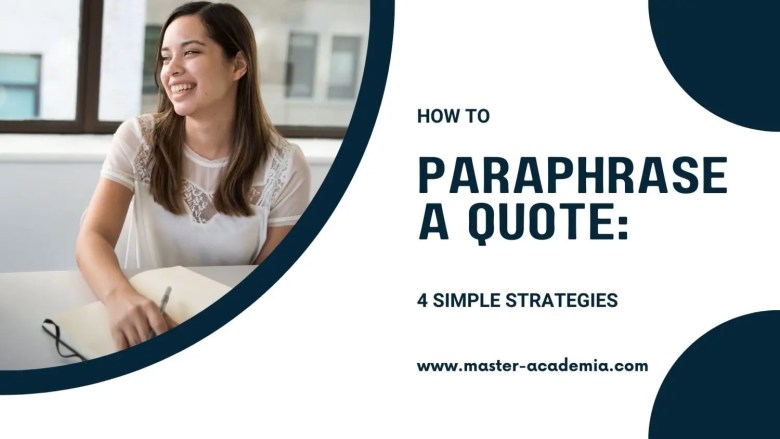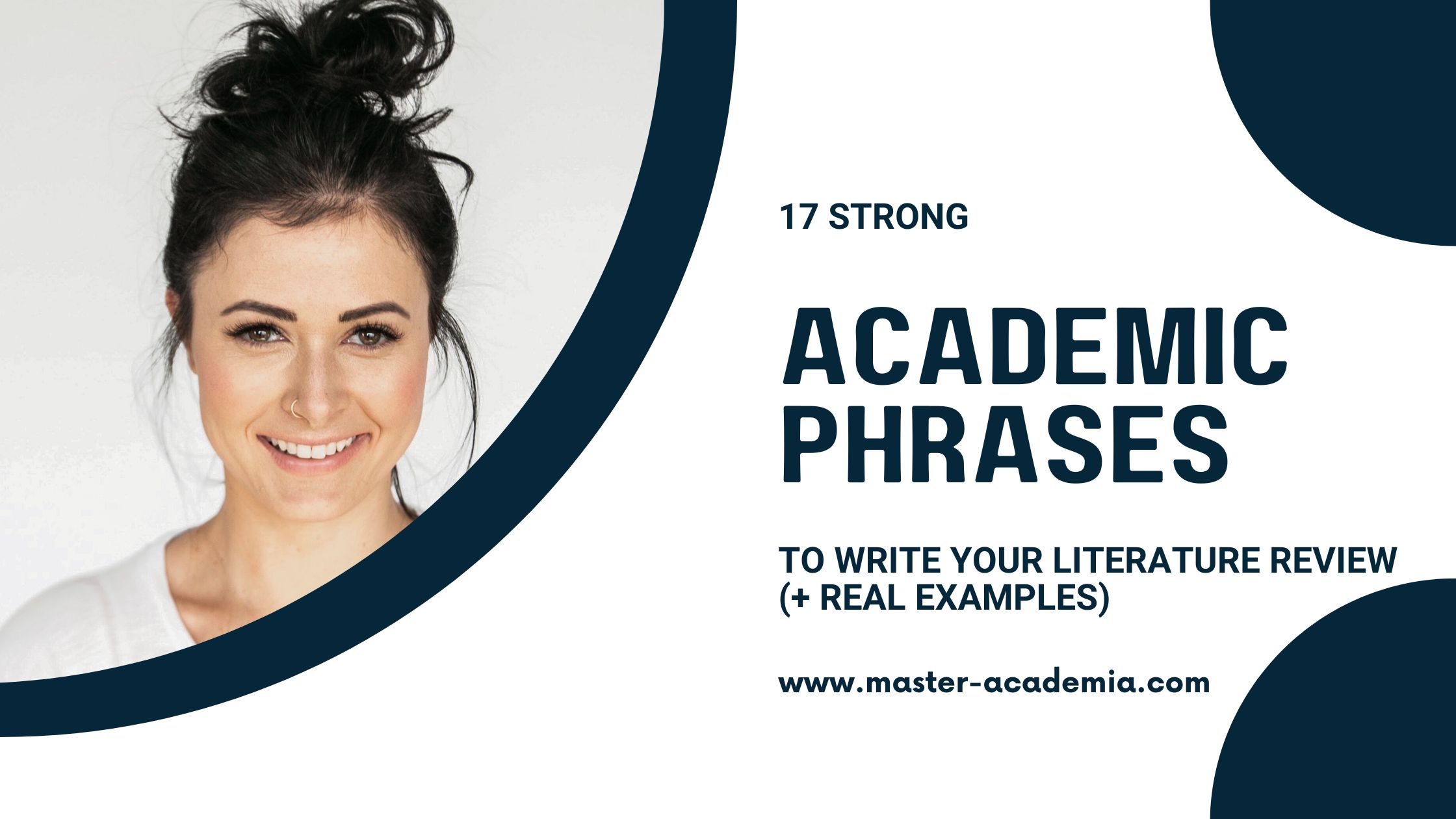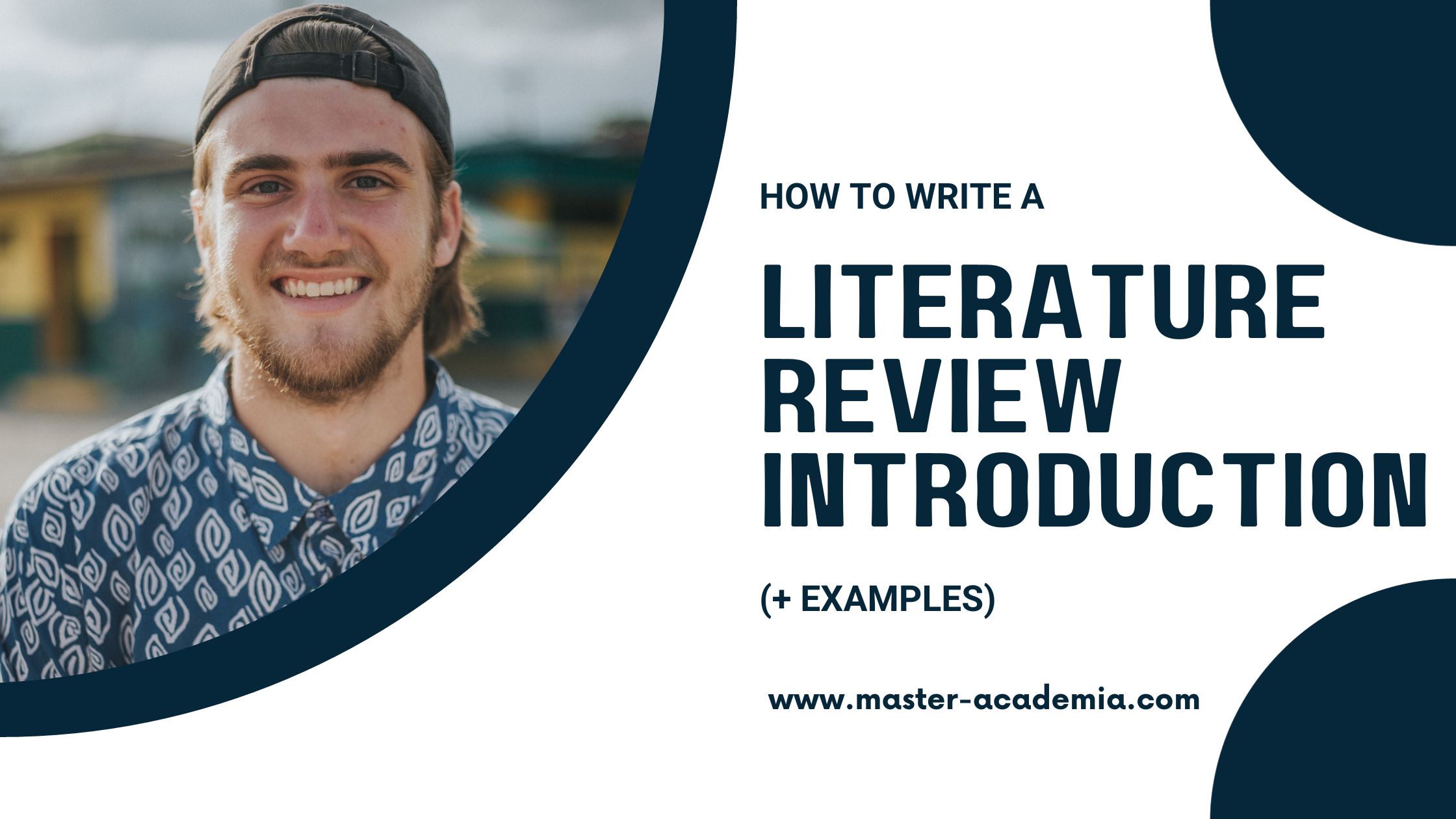
The ability to paraphrase correctly is incredibly important for academic writing. This is particularly true when writing a thesis or dissertation. Four simple strategies help you to paraphrase academic quotes while avoiding plagiarism.
Contents
What is paraphrasing in academic writing?
The ability to properly paraphrase a quote is a key to academic success: good academic writing builds on the existing work of scholars. “Standing on the shoulders of giants”, so to speak.
There are two ways of using a scholar’s ideas for your writing. The first one is direct quotes. Directly quoting someone means that you copy a selection of original text, use quotation marks and provide a full reference to indicate who wrote the text and where it can be found.
However, direct quotes can only be used sparingly in academic writing. You cannot write an academic text by simply puzzling together several direct quotes. This is where paraphrasing comes in, as the second way to use another person’s ideas for your writing:
Paraphrasing in academic writing is the process of formulating someone else’s ideas in your own words. Instead of copy-pasting original text, paraphrasing means that you express information in a novel way. Nonetheless, the authors of the original text receive full credit for their work in the form of a reference.
Paraphrasing allows you to showcase that you fully grasp ideas, discussions, concepts or theories in the scholarly literature, and use them to your advantage in your academic writing. The difference between a direct quote and a paraphrased quote becomes clear in the following example:
| Direct quote | Paraphrased quote |
| “Theoretical perspectives from social science that address questions of power and inequality include political economy and political ecology” (Jorgenson et al. 2018, p. 5). | Social scientists study issues of power and inequality for instance by critically interrogating how economic and political systems are linked, and how environmental issues relate to social and political factors (Jorgensen et al. 2018). |
Paraphrasing is not an easy task. Especially if you feel that a scholar expresses a certain idea optimally. Additionally, you need to avoid plagiarism at all costs: you cannot pass someone else’s text or work off as your own. Therefore, the first step to successful paraphrasing is awareness of the most common paraphrasing mistakes in academic writing.

Common paraphrasing mistakes in academic writing
Common paraphrasing mistakes can be categorised into two groups. The first one is paraphrasing attempts that stick too closely to the original text. As the examples below showcase, simply replacing a word here and there, or altering the sentence structure a bit, is not paraphrasing. And it risks being detected as plagiarism.
The second group of common paraphrasing mistakes happens if original text or ideas are interpreted too loosely. Paraphrasing involves expressing the ideas of others in your own words, but the essence of these ideas has to remain intact! You are not allowed to add information as you please or change the meaning of the original text.
Keep on reading for more detailed explanations and examples of the most common paraphrasing mistakes in academic writing.
Just replacing a few words with synonyms
Synonyms can be incredibly helpful for paraphrasing. Good synonyms can be found via google (just type a word + synonyms into the search bar), or websites such as Thesaurus.
However, simply replacing a few words with synonyms is not enough to paraphrase correctly, as can be seen in the following example of a wrongly paraphrased quote:
| Original text | WRONGLY paraphrased quote |
| “Theoretical perspectives from social science that address questions of power and inequality include political economy and political ecology” (Jorgenson et al. 2018, p. 5). | Theoretical viewpoints from social science that address questions of force and injustice include political economy and political ecology (Jorgensen et al. 2018). |
Just changing the sentence structure
Similar to the use of synonyms, changing a sentence syntax can indeed be useful for paraphrasing, as it helps you to express certain ideas and information in a different way.
Nonetheless, just shuffling around the sentence structure is not enough. The example below of a wrongly paraphrased quote that just changes the sentence structure will definitely be flagged as plagiarism!
| Original text | WRONGLY paraphrased quote |
| “Theoretical perspectives from social science that address questions of power and inequality include political economy and political ecology” (Jorgenson et al. 2018, p. 5). | Political economy and political ecology are theoretical perspectives from social sciences that address questions of power and inequality (Jorgensen et al. 2018). |
Forgetting to include a proper reference
If you paraphrase a quote in academic writing, it is easy to forget to acknowledge the author of the original sentence or idea.
However, you need to give the author of the original text credit. Not only would it otherwise constitute plagiarism. References in academic writing also make your arguments and statements stronger.
| Original text | WRONGLY paraphrased quote |
| “Theoretical perspectives from social science that address questions of power and inequality include political economy and political ecology” (Jorgenson et al. 2018, p. 5). | Social scientists study issues of power and inequality for instance by critically interrogating how economic and political systems are linked, and how environmental issues relate to social and political factors. |
Changing the original idea of meaning of the text
When paraphrasing a quote, you need to be very careful that you don’t over-interpret the original text. The meaning of the original text is not allowed to change. For example, you are not allowed to add information that was not included in the original text.
In the example below, for instance, wrong information was added that was not part of the original quote: the original quote did not provide any information on the number of scholars who use either one of the mentioned theoretical perspectives. Thus, adding this information and pretending that this was said in the original quote is wrong.
| Original text | WRONGLY paraphrased quote |
| “Theoretical perspectives from social science that address questions of power and inequality include political economy and political ecology” (Jorgenson et al. 2018, p. 5). | The majority of social scientists study issues of power and inequality by critically interrogating how economic and political systems are linked, whereas just a few explore how environmental issues relate to social and political factors (Jorgensen et al. 2018). |
You may also like: Minimalist writing for a better thesis
Paraphrasing strategy 1: Clever note-taking
Once you copy-paste original text into your document, it can be difficult to paraphrase it: When you see a concise statement by a scholar that expresses exactly what you want to say, it is challenging to come up with an alternative formulation.
A clever note-taking strategy can help you to overcome this hurdle.
Taking notes while reading academic literature helps you to distil important information from academic texts. Subsequently, you can use your notes instead of the original text as the foundation for paraphrasing.
This strategy makes it much easier to formulate original scholarly text in your own words.
The key to good note-taking is writing down the meaning of texts, or the essence of scholarly ideas, in simple language. When taking notes, avoid complicated terminology and do not worry about creating perfect sentences. Bullet points are sufficient.
Detailed note-taking may be more time-consuming when you read academic literature. However, it helps you to process the information and you will thank yourself later when you need to paraphrase.
| Original quote | “Patient and other stakeholder participation can help researchers ensure the relevance of research questions, design patient-centered study protocols, select relevant outcomes, facilitate recruitment, and improve dissemination and implementation” (Smith et al. 2018, p. 3136). |
| Notes | – involvement of patients and other actors in research has benefits – benefits exist at all stages of the research, from setup to execution and sharing of results – involvement ensures high degree of research relevance – participation can make it easier to find study participants |
| Paraphrased quote ✓ | Smith et al. (2018) emphasise the benefits of actively involving patients at all stages of medical research projects: Participation can lead to more relevant research, facilitate finding study participants, and support communicating and sharing research results. |
Paraphrasing strategy 2: Repeated editing
Clever note-taking, keeping synonyms at hand and playing with the sentence structure can all play a role in successful paraphrasing. However, just doing one of the steps is often insufficient, and it is hard to perfectly paraphrase original text in one go.
This is where a strategy of repeated editing comes in handy.
Paraphrasing a quote through repeated editing helps you to slowly move away from the formulation of the original text, without losing its key points or meaning.
To benefit even more from this paraphrasing strategy, do one or two rounds of edits. Then, put your work aside and do something else for a while. When you come back to your paraphrasing, do not look at the original quote. Instead, treat your last round of edits as if it is the original text and paraphrase it again. In that way, you are less and less influenced by the original formulations.
| Original quote | “Despite the perennial need to understand and manage uncertainty in international business, there is no comprehensive framework that incorporates different types of uncertainty, their antecedents and outcomes, and the different coping strategies used by managers and their outcomes” (Sharma et al. 2020, p.189). |
| First round of edits | Even though there is a continual need to understand and manage uncertainty in international business, to date there is no overarching framework that encompasses different types of uncertainty, what leads to them and what their outcomes are, or different coping strategies of business managers including results (Sharma et al. 2020). |
| Second round of edits | There is a lack of an overarching framework to analyse the drivers, types and outcomes of uncertainty, as well as coping mechanisms of business managers, even though understanding and controlling uncertainty in international business is considered a necessity and a longstanding quest (Sharma et al. 2020). |
| Third round of edits | To date, there is no framework to analyse the drivers, varieties and outcomes of uncertainty, as well as coping mechanisms of business managers, even though controlling uncertainty is fundamental for international business (Sharma et al. 2020). |
| Paraphrased quote ✓ | Controlling uncertainty is a fundamental aspect of international business (Sharma et al. 2020). Nonetheless, there is no exhaustive framework to analyse the drivers, varieties and outcomes of uncertainty, as well as business managers’ mechanisms to deal with it (Sharma et al. 2020). |
Paraphrasing strategy 3: Recording yourself
If you struggle with paraphrasing while staring at your computer, you can try the strategy of recording yourself. It may seem weird in the beginning to record yourself and listen to your own voice later. However, I do believe that it is worth a try!
Speaking about an idea is often easier than writing about it, prevents overthinking and helps you to express yourself in your own words. Therefore, recording yourself explaining a scholarly quote, and then transcribing what you said, is an effective way to paraphrase in academic writing.
Either you can just talk to yourself and record your voice. If it seems too unnatural, you can explain a quote to a colleague or friend while recording the conversation.
We often make the mistake to believe that academic writing has to be complex and convoluted. However, on the contrary, simplicity of often key.
When you talk instead of write, you automatically choose formulations more spontaneously, choose simpler words, and emphasise the key takeaways of an excerpt of text. Once you transcribe what you said, you have a lot of good material as the foundation for paraphrasing a quote!
| Original quote | “Current drug development is handicapped by high attrition rates; many molecules that were promising during preclinical development fail during subsequent clinical testing. At the moment, return on investment in pharma is lower than ever” (Leenaars et al. 2019, p.17). |
| Transcript of recording | So, I am reading this review article on animal-to-human translation. The authors explain why a lot of drug development is restricted or slowed down because of a high attrition rate. By attrition rate, mmm, they mean that a lot of drugs don’t pass the clinical testing. Even though in prior trials they looked very promising. This seems to be a big problem right now. Bigger than in the past. A lot of money is spent on drug development but these drugs never pass the clinical testing phase. And therefore they also never generate any money for pharmaceutical companies. |
| Paraphrased quote ✓ | Today’s pharmaceutical industry has to deal with a lower rate of return than in the past, as many promising new drugs do not pass the clinical testing stage and hence never enter the pharmaceutical market (Leenaars et al. 2019). |
Paraphrasing strategy 4: Argumentative writing
The fourth paraphrasing strategy centers around argumentative writing. In simple terms, it means that an original quote is not just paraphrased, but that you use the information to actively argue or claim something.
Embedding a paraphrased quote in your own argumentative writing helps you to abstract information and bring your own voice to the fore. The focus lies not just on paraphrasing what a scholar wrote, but to immediately add a level of analysis to it.
Argumentative writing is a useful paraphrasing strategy for two reasons. First, it helps you to focus on, and summarise, the points of the original quotes. Second, it helps your academic writing in general, as good academic writing not only summarises what others said or wrote. Instead, you use other people’s work as the basis to bring your own viewpoints across.
Useful approaches to paraphrase through argumentative writing are comparisons (e.g. “While scholar A argues …, scholar B argues …“) and evaluations (e.g. “The current approaches to study AI focus on … and hence fail to incorporate …“) .
| Original quote 1 | “The current choices to develop a sustainable-development friendly AI by 2030 have the potential to unlock benefits that could go far-beyond the SDGs within our century” (Vinuesa et al. 2020, p. 8). |
| Original quote 2 | “The power for positive change that AI brings holds the possibility for negative impacts on society” (van Wynsberghe 2021, p. 213). |
| Paraphrased quotes ✓ | In recent years, scholars started to address the role of Artificial Intelligence (AI) in sustainability in general, and the implementation of the UN’s Social Development Goals in particular. Opinions can differ vastly: While some highlight the benefits of AI for sustainable development (Vinuesa et al. 2020), others are more critical due to AI’s potential for negative societal consequences (van Wynsberghe 2021). |



